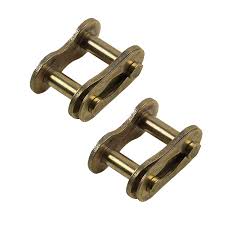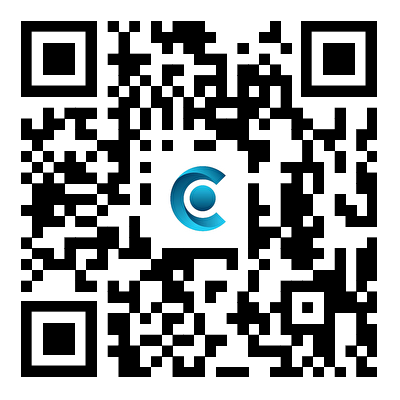What is a Chain Master Joint Link?
2024-07-29
Chain master joint links are specialized components used to connect or disconnect chain links in a chain drive system. They are essential for maintaining the functionality of chains in various applications, including industrial machinery, automotive systems, and agricultural equipment. Here's an overview of what chain master joint links are, their functions, and their applications:
What is a Chain Master Joint Link?
A chain master joint link, also known as a master link or master pin, is a component used to join the ends of a chain together. It allows for easy assembly and disassembly of the chain without having to remove or replace the entire chain.
Key Components of a Chain Master Joint Link:
1. Master Link Plate:
- Purpose: The plate that holds the pins and connects the chain links together.
- Features: Typically made of steel or other durable materials to handle the stresses of chain operation.
2. Master Pin or Rivet:
- Purpose: Secures the master link plate to the chain by locking the chain links in place.
- Features: Usually cylindrical and fits into the chain links to hold the master link securely.
3. Clip or Cotter Pin:
- Purpose: Prevents the master pin from moving or falling out.
- Features: A small metal pin or clip that locks the master pin in place.
Types of Chain Master Joint Links:
1. Clip Type Master Links:
- Design: Feature a clip that snaps into place over the master pin.
- Advantages: Easy to install and remove, often used in chains where frequent maintenance or adjustment is required.
2. Rivet Type Master Links:
- Design: Feature a rivet or pin that is permanently fixed in place with a peening or swaging process.
- Advantages: Provides a more secure connection but requires special tools for installation and removal.
3. Snap Type Master Links:
- Design: Utilize a snap mechanism for quick and secure connection.
- Advantages: Allows for easy and rapid assembly and disassembly.
Functions:
1. Connection and Disconnection:
- Allows for the easy joining or separation of chain links, facilitating maintenance, replacement, or adjustment of the chain.
2. Chain Assembly:
- Enables the assembly of chains into a continuous loop, which is essential for proper operation in various systems.
3. Chain Repair:
- Provides a means to repair broken or damaged chains by replacing or adjusting the master link.
Applications:
1. Industrial Machinery:
- Used in conveyor systems, packaging machinery, and other industrial equipment where chain drives are employed.
2. Automotive:
- Found in timing chains, drive chains, and other chain-driven components within engines and transmission systems.
3. Agricultural Equipment:
- Utilized in machinery such as harvesters, tractors, and other farming equipment where chain drives are common.
4. Bicycles and Motorcycles:
- Used to connect and disconnect bicycle or motorcycle chains for maintenance or adjustment.
Installation and Maintenance:
1. Installation:
- Alignment: Ensure that the master link is correctly aligned with the chain links.
- Pin Insertion: Insert the master pin or rivet through the chain links and secure it with the appropriate clip or mechanism.
2. Inspection:
- Check for Wear: Regularly inspect the master link for signs of wear, damage, or loosening.
- Ensure Security: Verify that the master pin or rivet and clip are securely in place.
3. Replacement:
- Signs of Failure: Replace the master link if it shows signs of excessive wear, damage, or failure to maintain proper tension.
4. Tools Required:
- Installation Tools: Depending on the type of master link, you may need specific tools such as a chain breaker, rivet tool, or snap ring pliers.
Choosing the Right Master Link:
1. Chain Type: Ensure compatibility with the specific type and size of the chain (e.g., roller chain, conveyor chain).
2. Load Capacity: Select a master link that can handle the load and stress of the application.
3. Material: Choose a master link made from durable materials that can withstand the operating conditions and environment.
By understanding the role and function of chain master joint links, you can ensure the proper assembly, maintenance, and repair of chain drive systems in various applications. Proper selection and maintenance of these components are key to the efficient and reliable operation of machinery and equipment.



